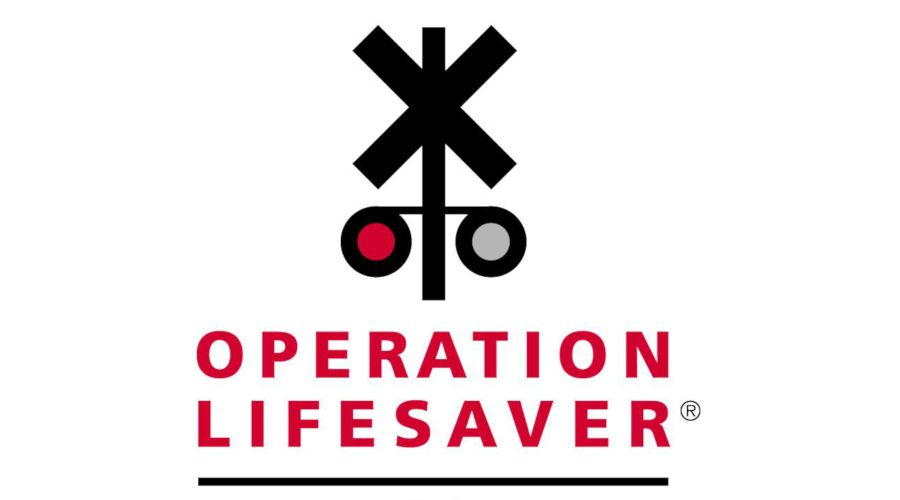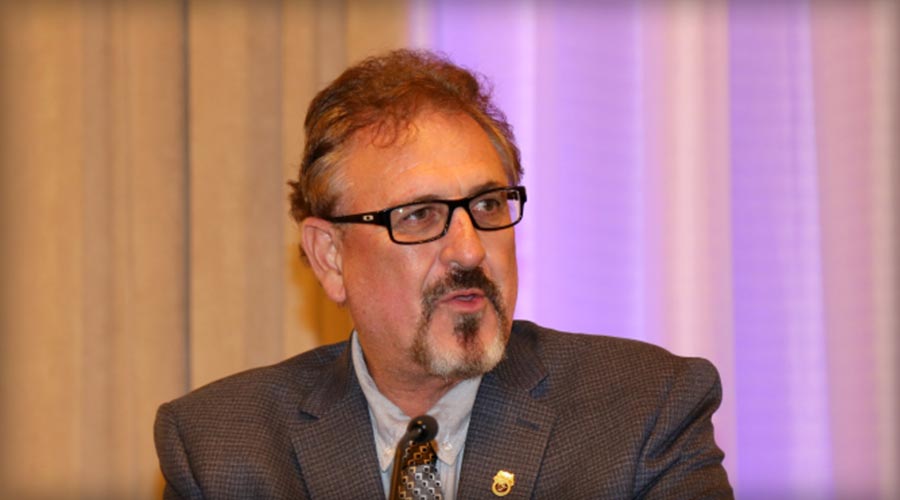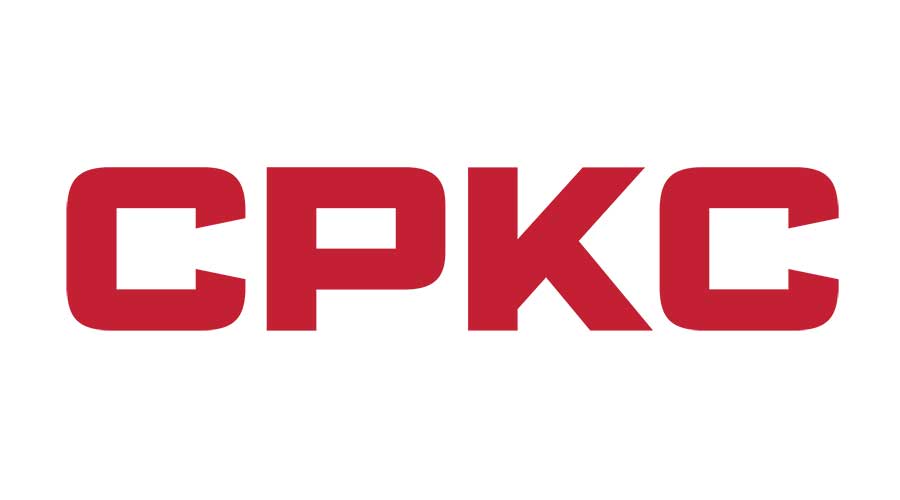Stay updated on news, articles and information for the rail industry
9/10/2021
Rail News: Intermodal
Can rails pivot to growth and thrive in an increasingly service-focused world? — insight from Tony Hatch

As of mid-August, railroads had it in the un-sweet spot as they and the entire global and local supply chain world was stressed. Meanwhile, inflation has become a concern (are the supply/demand issues temporary?), even if most recent data suggests the mid-summer fears were over-heated. And the federal government — the House Transportation & Infrastructure Committee, the Surface Transportation Board and, to a much lesser extent, the Biden Administration — of late see rails as part of the problem rather than the solution. So, what is their role in inflation? Where is this coming from?
Supply chain issues continue to garner attention, but there’s also been some reassuring macro-economic news: Core inflation increased only by 0.7% in July (versus June); less positive, though, were retail sales, down 1.1%. Intermodal import volumes were slowing only on a comps basis. Volume at the Port of Los Angeles/Long Beach was up 4% in July, but the ports of Charleston and Savannah show that if you hit it far enough, outfield walls or 2020 comparisons don’t matter — their volumes grew 38% and 25%, respectively. I wonder if that means the share recapture on the West Coast was a one-time thing, as some have argued, or due to the slow processing times and the 37 ships in San Pedro Bay?
A meaningful answer
The answer is meaningful for rail intermodal. The Port of L.A. has noted warehouses must be the relief valve for what is truly a global issue. And it is: The American Trucking Associations notes that truckload carriers lose $75 billion a year in delay costs! And Maersk’s CEO said the ocean carrier needed a 25% increase in capacity to handle current volumes. The National Retail Federation anticipates growth continuing this quarter led by a strong yet angsty “Back to School” season (August estimated at 15%) before turning down on year-over-year comparisons.
Meanwhile, for railroads — and ships, trucks, ports and shippers — there is a labor issue. And labor is a local issue. There also is a demand and bottleneck issue, which while having local (chokepoint) aspects, is a global issue.
Regarding the latter: Union Pacific temporarily shut its California-Chicago lane to clear backlog in its Global IV intermodal terminal by bringing back the formerly closed Global III facility — did they get rid of too much capacity? Well, they were able to bring it back. BNSF responded to the box wave by “metering” (their phrase) trains eastbound, and e-routing intermodal traffic from LA-Long Beach, and parking some of it. Meanwhile, wildfires have impeded eastbound intermodal traffic from ports in British Columbia (CN and CP) and California (UP).
There’s a bottom line here
Ultimately, the debate is: Is this the same old rails or (shudder) is this time really different? Can rails pivot to growth and thrive in an increasingly service-focused world?
Bottom line: Volumes are moving.
Rail metrics have been spotty, at best, of late, but they appear to be improving. UP lifted its moratorium. Intermodal volumes remained strong in July, according to the Association of American Railroads, but domestic comparisons shrink.
IANA data shows intermodal volumes were up 12% in June, but it’s a tale of two supply chains. Domestic intermodal was up under 1% (TOFC actually was down 3%), while international — the source of all of those supply chain issues — was up over 25%.
For the year’s first six months, domestic was up 11% (COFC was up 10% and — holy turnabout, Batman! — TOFC was up 19%), and international was up 20%. And: Intermodal volumes through July rose 13% overall compared with 2020’s total and international was up 17.9% over that same span.
Tony Hatch is an independent transportation analyst and consultant, and program consultant for Progressive Railroading’s RailTrends® conference. Email him at abh18@mindspring.com.
Contact Progressive Railroading editorial staff.


 2025 MOW Spending Report: Passenger-rail programs
2025 MOW Spending Report: Passenger-rail programs
 Gardner steps down as Amtrak CEO
Gardner steps down as Amtrak CEO
 Guest comment: Oliver Wyman’s David Hunt
Guest comment: Oliver Wyman’s David Hunt
 Women of Influence in Rail eBook
Women of Influence in Rail eBook
 railPrime
railPrime








